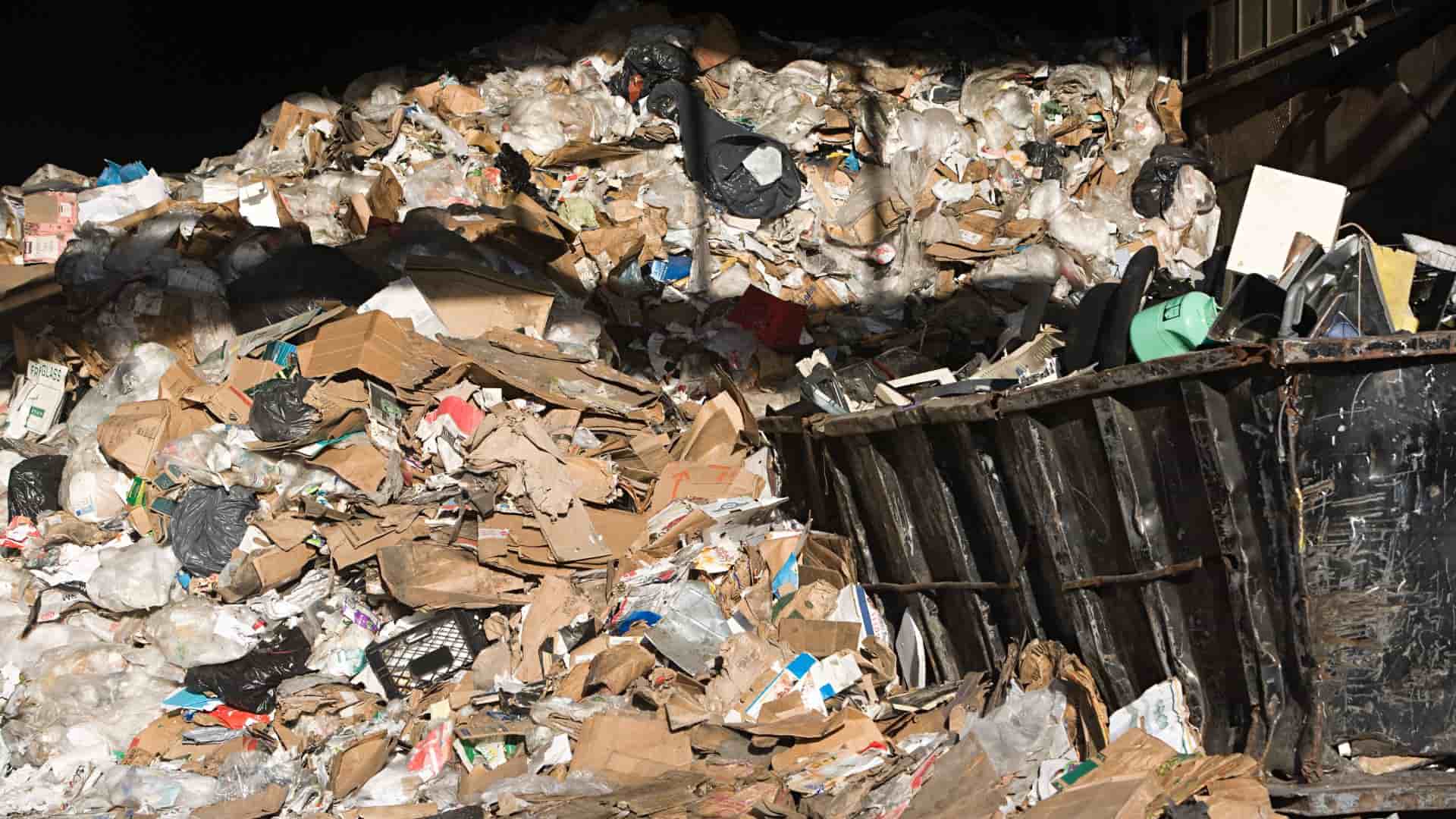Australia has consistently taken a distinctive stance on waste management, evolving towards environmentally friendly disposal methods like recycling in contemporary times.
Similar to many other nations, Australia continues to depend on municipal disposal systems, waste facilities, and landfills, which still play a crucial role.
Effective management systems must incorporate various disposal methods and techniques.
This blog aims to explore waste management solutions and disposal systems in Australia in depth.
Understanding Waste and Disposal
While the terms waste and disposal are interrelated, they are fundamentally different. A clear grasp of both is essential for the effective management of waste.
Waste refers to any material that individuals perceive as useless or excessive. There are different classifications of waste, including chemical waste, green waste, household waste, hazardous waste, and organic waste.
Additionally, waste facilities need to handle specific hazardous waste types such as asbestos waste. Failing to have the necessary waste facilities on hand to safely dispose of these waste types can harm human health.
Conversely, disposal is regarded as a waste management practice that aims to reduce direct interaction with waste materials to promote a safer environment.
Waste Management in Australia
In Australia, various companies, such as Lee’s Environmental, manage waste. Australian firms engage in both global waste management practices and comply with regulations set by authorities like the Environmental Protection Agency (EPA).
The industry in Australia is equipped to handle industrial waste, hazardous waste, including dangerous chemicals, as well as other general types of waste.
Waste managers like Lee’s Environmental provide waste services to various industry players. Our services could be as simple as recommending a recycling bin to an office to working with customers to handle emergency spill situations.
Common Waste Types
Australia generates and contains a diverse array of waste types. While these waste categories are not exclusive to Australia, they reflect the nation’s economy and its resources.
- Clinical waste
- Liquid Waste
- Biohazardous Waste
- Solid Waste
- Medical Waste
- Food Waste
- Chemical Waste
- Organic Waste
- Hazardous and Non-Hazardous Waste
In Australia, it is relevant to highlight the fact that waste comes in different forms, thus requiring various techniques for disposal. Also, the different forms of waste, such as hazardous waste, can pose serious threats to human life and the planet.
Always call in hazardous waste professionals to deal with dangerous waste.
Waste Facilities Facts in Australia
Statistics of Australia’s waste present numbers and data that are rather interesting. It is only through analysing these numbers that one can understand the industry.
- Waste Production: Australia is said to produce close to 67 million tonnes of waste every year, meaning it is about 2.7 tonnes per person.
- Recycling Rates: Australia has an average of 58% recycling rate for municipal solid waste which includes paper, glass, plastics, and metals.
- Landfills: Around 21 million tonnes of waste is disposed of in landfills, which clarifies why they account for a piece of the waste management puzzle.
- Plastic waste: Australia generates an estimated 3.5 million tonnes of plastic waste every year, a fraction of which gets recycled at an alarming rate of about 9%.
- Electronic waste: E-waste is one of the biggest challenges because Australians throw away more than 540 thousand tonnes of it every year but only about 17% of it is recycled.
- Food waste: An estimated 7.3 million tonnes of food is wasted across the supply chain in Australia, from the production phase to the consumption phase.
- Construction and demolition waste: This industry alone produces 20 million tonnes of waste every year, but there are programs started which try to improve the recycling levels.
Many of these statistics were taken from the Australian Department of Climate Change, Energy, the Environment and Water.
Waste and Disposal Best Practices
Optimal waste disposal methods are guided by the waste management hierarchy. This means not just throwing everything in the general waste bin.
The waste management hierarchy strives for sustainability to be achieved effectively without harming the environment. It promotes recycling and reusing instead of relying on municipal landfills for disposal.
However, landfills and dumpsites continue to play a crucial role in Australia’s waste management system, as they effectively remove waste from communities and the environment safely.
Environmental Waste Management and Resource Recovery
Always keep in mind the essential connection between waste and disposal. By decreasing the quantity of waste generated, we simultaneously reduce the amount that requires disposal. This method is effective in addressing waste and disposal right from the production phase.
The most eco-friendly method of handling waste is to eliminate it completely. This approach manages waste and disposal while overseeing the entire manufacturing process. Such a shift encourages the economy to move towards more sustainable and efficient options.
Eco-Friendly Waste Practices
Eco-friendly waste initiatives represent one of the various commitments that industries make to foster the growth of a sustainable economy. These initiatives facilitate reduced waste and disposal through the implementation of advanced technological processes.
Funding from the Australian government aimed at promoting environmentally friendly activities serves as a prime example. A recent initiative is the National Packaging Target, which aims for packaging to be reusable, recyclable, or compostable in the foreseeable future.
Looking at the broader picture, it is essential that sustainable waste initiatives be practical in both their short-term and long-term objectives. The acceptance of new technology by the industry is crucial for its development and promotion; otherwise, such efforts may prove to be futile.
Moreover, when government sponsorship supports these projects and ideas, garnering public backing is vital. On the other hand, private enterprises can seek ways to enhance their technological industrial systems.
Common Issues with Managing Waste
This illustrates the challenges related to waste management, particularly those tied to disposal and waste concerns in Australia. Strategies for waste disposal evolve as they are implemented and practiced. The success of best practices relies on the willingness of those responsible for waste creation and management to embrace them.
Additionally, it is widely acknowledged that many individuals view waste merely as something that does not pertain to them. People usually show interest in waste management and disposal as a public service only when issues arise.
This highlights the necessity for the public to adapt to new waste management standards. The efforts of waste management teams to engage the public and promote a positive perception of these practices face significant obstacles.
Furthermore, recent climate changes and environmental issues have emphasized the need for revisions in waste management and disposal methods. Although these adjustments enhance the capability of systems to manage waste more effectively, they also introduce new challenges to the existing ones.
Possible Future of Waste Management and Disposal
There is a common belief that in Australia, and in various parts of the world in the future, waste and disposal management expectations will increasingly emphasize eco-friendliness, sustainability, and improved efficiency in handling waste.
Lately, there has been a heightened emphasis on converting waste into energy, which entails generating energy, such as electricity, from waste materials. This approach aids in diminishing dependence on fossil fuels, as well as lowering greenhouse gas and carbon dioxide emissions.
Moreover, there is a significant rise in the establishment of recycling facilities and resource recovery centers for municipal solid waste, indicating a shift towards innovative methods of managing and disposing of waste.
Final Thoughts
Waste and disposal management in Australia examines a variety of waste services and types to effectively oversee waste throughout the nation. The industry addresses hazardous waste, yard waste, electronic waste, and different forms of recycled materials. Understanding this field involves navigating many layers of complexity.









